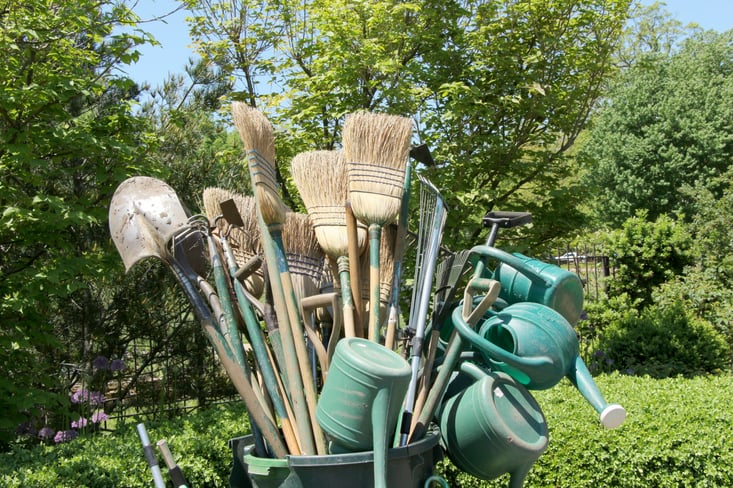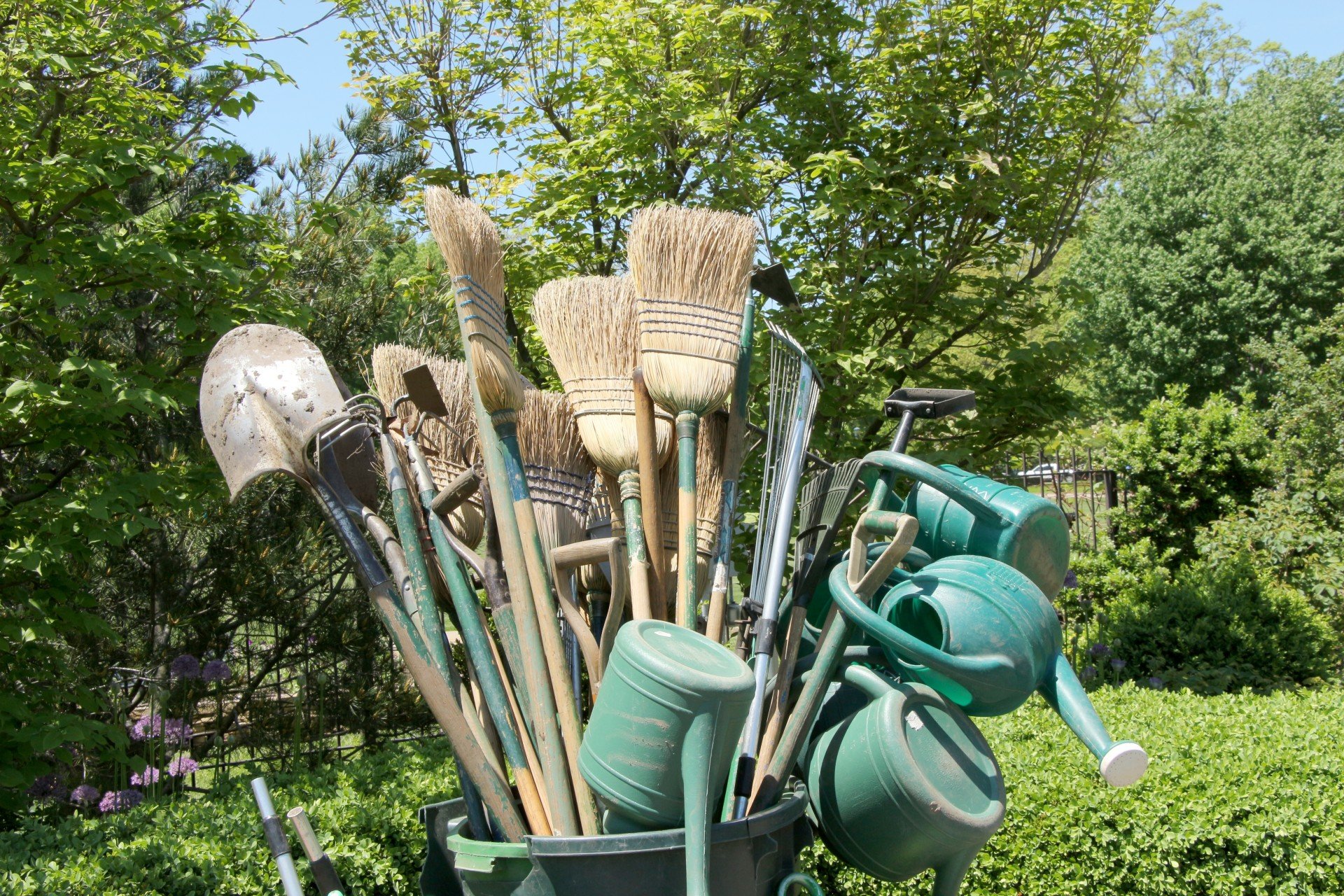
Have a lawn that’s full of sparse patches of lawn and lots of dirt? Recently removed a tree or fixture that’s left a patch of dead grass to clean up? Want to reduce the number of flower gardens the previous owner had around the yard? Planting new grass and amending the soil isn’t difficult, but there are some tried and true steps to follow for success.
The experts at Nutri-Lawn Ottawa are available for a free consultation on all your lawn care needs.
Reclaiming parts of your yard for lawn
If the previous homeowner owner loved gardening a whole lot more than you do, you’ll be looking for a way to cut back on the gardens and increase the amount of lawn. The first thing you’ll have to do is clean up the area you want to put back into grass. This may involve removing or moving plants, bagging up old mulch, and sometimes removing any landscape fabric or other weed barriers in place. You also may need to bring in additional soil so the lawn is a consistent level across the yard.
Once the soil is prepared and level, go ahead and plant grass seed. The type of grass seed you choose is important so it’s worth the time to do a bit of research here. If your existing lawn is planted with Kentucky Bluegrass, you may want to match the texture and colour for instance. If the existing lawn is struggling, you may want to overseed the entire lawn. Late summer and fall are great times to plant new grass. The cooler temperatures and higher rainfall allows the grass a better chance to get started and well rooted before colder temperatures come in late fall and winter.
Spot Repairs
If you have a smaller area of lawn that needs repairing, late summer and fall is a great time of year to take care of that project. Whether you’ve removed a trampoline or a permanent feature like a pond, pool or gazebo, getting grass to grow in these spots shouldn’t be too difficult. Again, you’ll want to give the soil a good rake and make sure it’s level. Do a bit of research on what type of grass seed to buy, plant your seed, and water well.
If you’re trying to grow grass where a structure was previously, a shed or gazebo for instance, you may want to add fertilizer to your plans as well. Soil that’s been covered for long periods of time won’t have absorbed nutrients from the rain, air, and decaying plant matter like the rest of your yard.
Sparse lawn repair
Grass is fairly hardy, so if it’s not growing in thick and lush in your yard (and weeds aren’t filling in the spaces) then there are existing conditions that you need to address. Don’t confuse a dormant lawn for a dead lawn. Most grass varieties grown in Canada will go dormant during periods of high heat and low precipitation. It will green up again when the temperatures cool in late summer and the rain returns more reliably.
Is there enough sunlight? Grass likes part to full sun. There are some varieties of shade loving grass, but even that grass won’t grow under a low lying shrub. In cases where the lawn is sparse without weeds, fertilizer may be all that’s needed to add the missing nutrients in the soil. Conversely, if you’ve used the wrong fertilizer, or too much without enough water, that’s an entirely different problem.
You may want to get the soil tested to see exactly what’s missing so you can more strategically amend the soil. The pH scale ranges between 0 and 14 and most grass varieties prefer soil that’s about 5.5 – 7. Sandy soil may not retain enough moisture to let grass thrive. Soil with too much clay may be too compact or have poor drainage and require aeration.
Our lawn care experts can help with this process. Request a free quote here. Often, these types of repairs can be made in a single season. Get started now so the new grass has time to grow in and develop strong roots before winter. In spring, you’ll have a brand new lawn you’ll enjoy all season!






